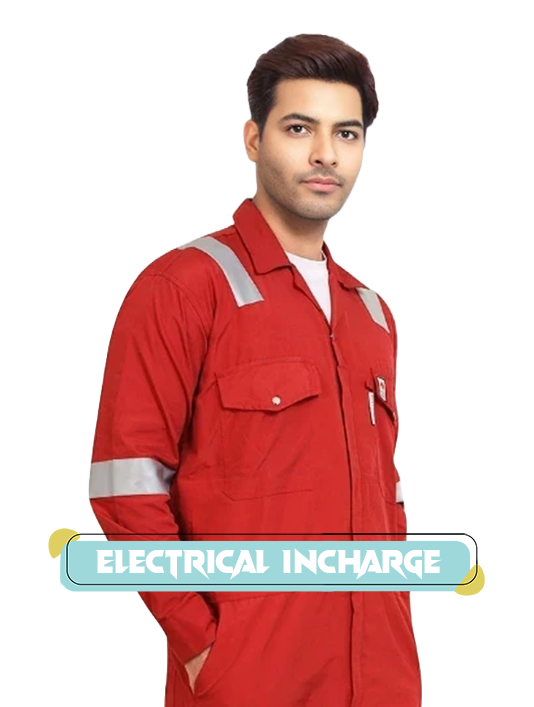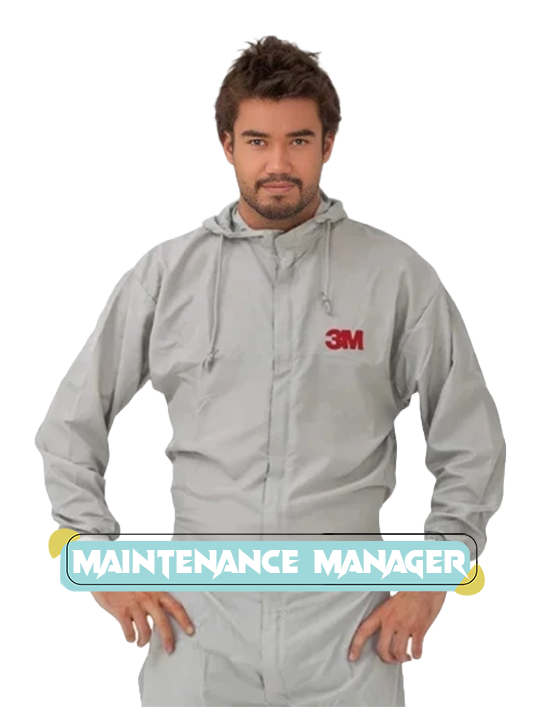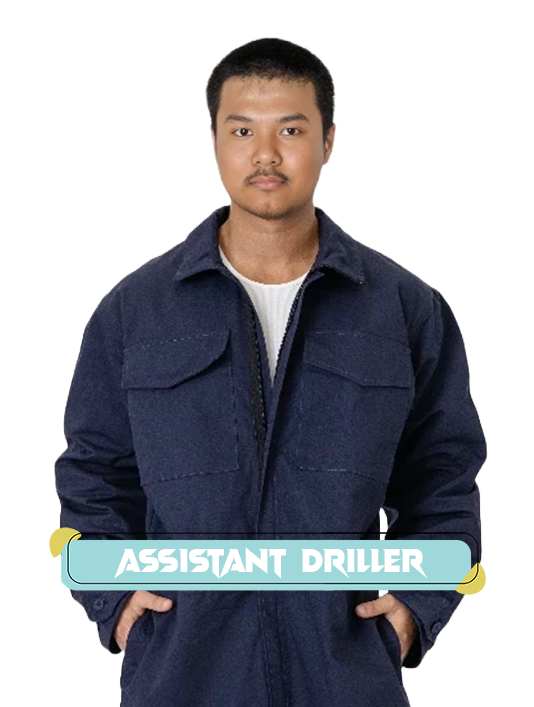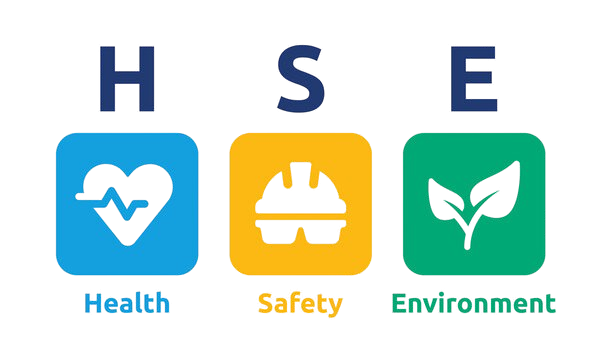Start learning from best platform
Study drilling oil & gas operation & maintenance, anytime. explore thousands of courses for the lowest price ever!







These are the most popular courses among listen courses learners worldwide
These are the most latest courses among listen courses learners worldwide
Gather your thoughts, and make your decisions clearly

1
"Tomorrow: your reward for working safely today."
Have something to know? Check here if you have any questions about us.

Drilling for oil and gas involves the process of boring a hole through soil and rock to access geologic reservoirs that contain oil and gas, creating holes in the earth’s surface to access underground reservoirs that contain oil and natural gas. This process uses specialized equipment to dig deep into the ground until reaching these reservoirs.
Once the desired depth is reached, engineers secure the well using casing and cement to prevent leaks. Drilling for oil and gas is a crucial step in the exploration and production (E&P) process, allowing companies to extract these valuable resources for various purposes such as energy production and fuel supply.
The drilling method in oil and gas refers to drilling a hole deep into the earth, the technique used to create holes in the earth’s surface to access underground reservoirs containing oil and natural gas.
There are various drilling methods employed in the industry, such as rotary drilling, directional drilling, and hydraulic fracturing (fracking). Rotary drilling involves using a rotating drill bit to penetrate the ground, while directional drilling allows wells to be drilled at angles or curves to reach specific targets.
Hydraulic fracturing involves injecting fluids into the rock formation to create fractures and enhance oil or gas recovery. These drilling methods play a vital role in the exploration and production (E&P) process, enabling companies to extract oil and gas resources efficiently.
The drilling program in oil and gas refers to the program for the drilling of one or more wells within a specified area and time using one or more drilling installations, a comprehensive plan that outlines the steps and procedures for drilling wells to extract oil and natural gas. It includes various stages such as site preparation, well design, drilling operations, and well completion.
The drilling program specifies the types of equipment and materials needed, safety protocols to follow, and environmental considerations during drilling. Engineers and technicians carefully execute the drilling program to ensure the successful drilling of wells and the safe extraction of hydrocarbons from underground reservoirs. The drilling program is an essential part of the exploration and production (E&P) process in the oil and gas industry, guiding the entire drilling operation from start to finish.
The drilling process for oil and natural gas can be simplified into several key stages:
1. Preparing the Rig Site
This involves selecting the drilling location, clearing the area, and setting up infrastructure like access roads and platforms.
2. Drilling
The actual drilling operation begins with spudding, where the drill bit penetrates the surface and starts drilling into the earth to access the reservoir.
3. Cementing and Testing
After drilling to a certain depth, casing pipes are installed and cemented into place to stabilize the well. This step is crucial for well integrity and preventing leaks. Testing the well ensures it can handle production pressures.
4. Well Completion
Once the well is drilled and tested, it undergoes completion processes such as perforating the casing and installing production tubing to allow for oil and gas extraction.
5. Fracking
In some cases, hydraulic fracturing (fracking) is used to enhance production by creating fractures in the rock formation to release trapped hydrocarbons.